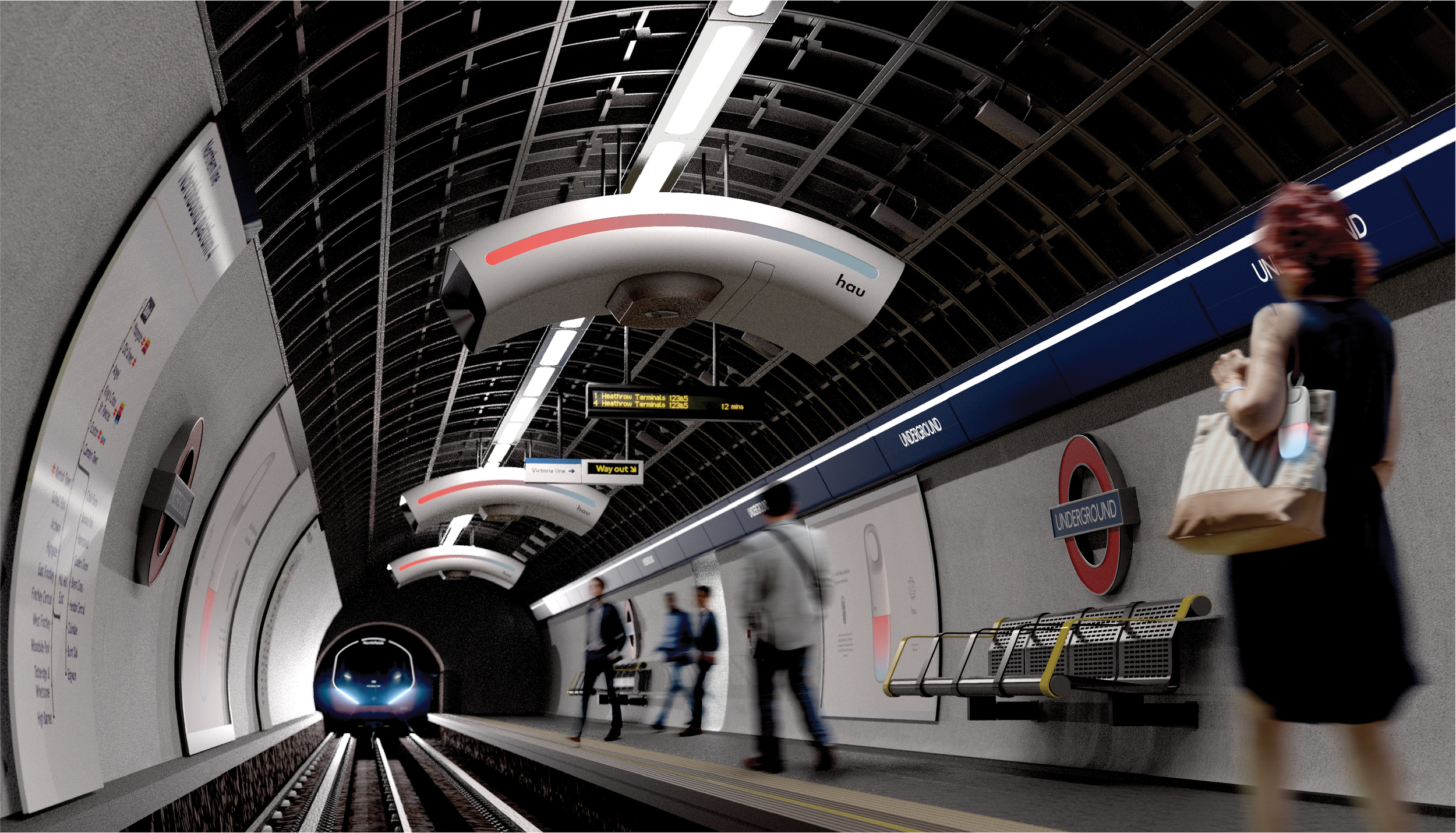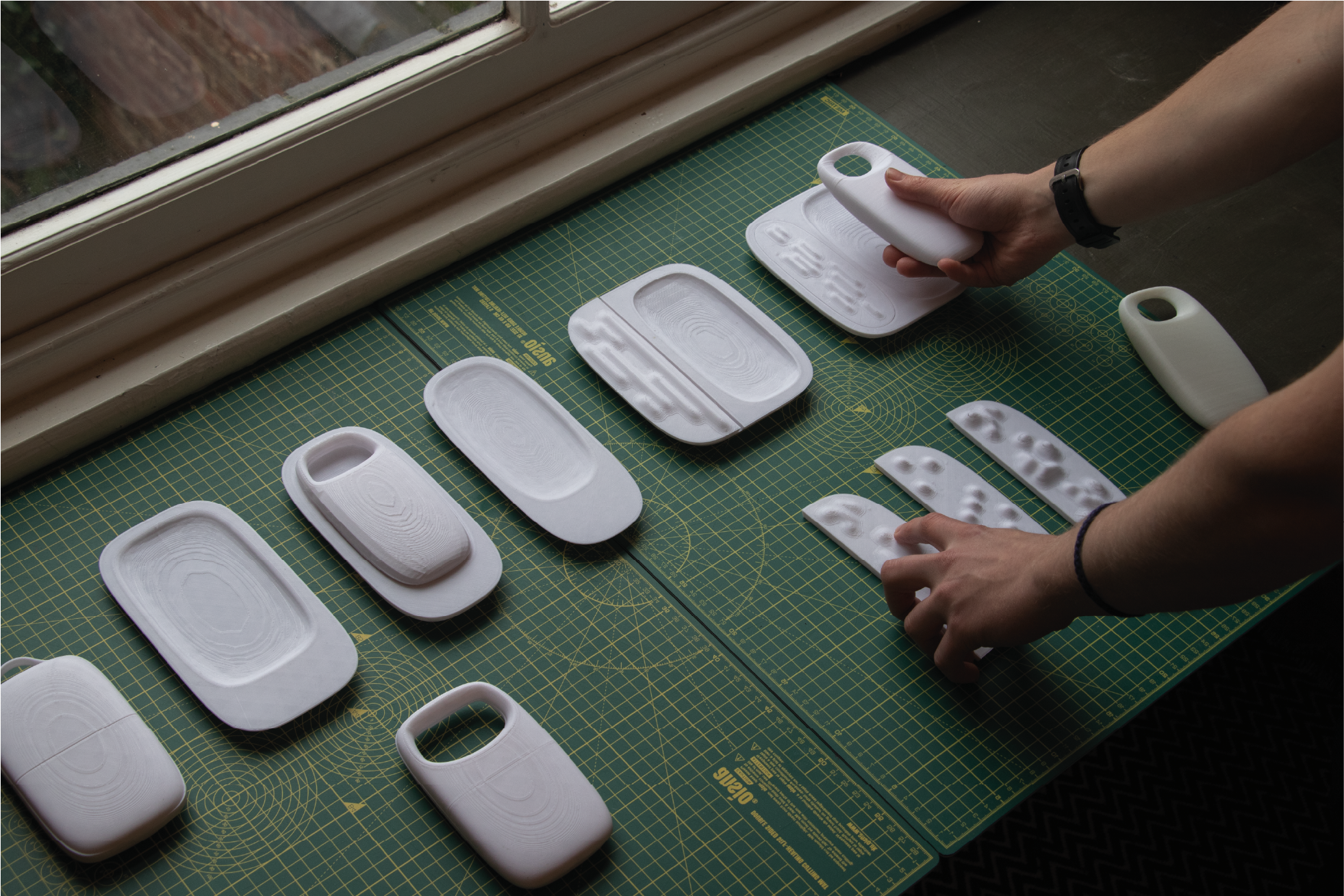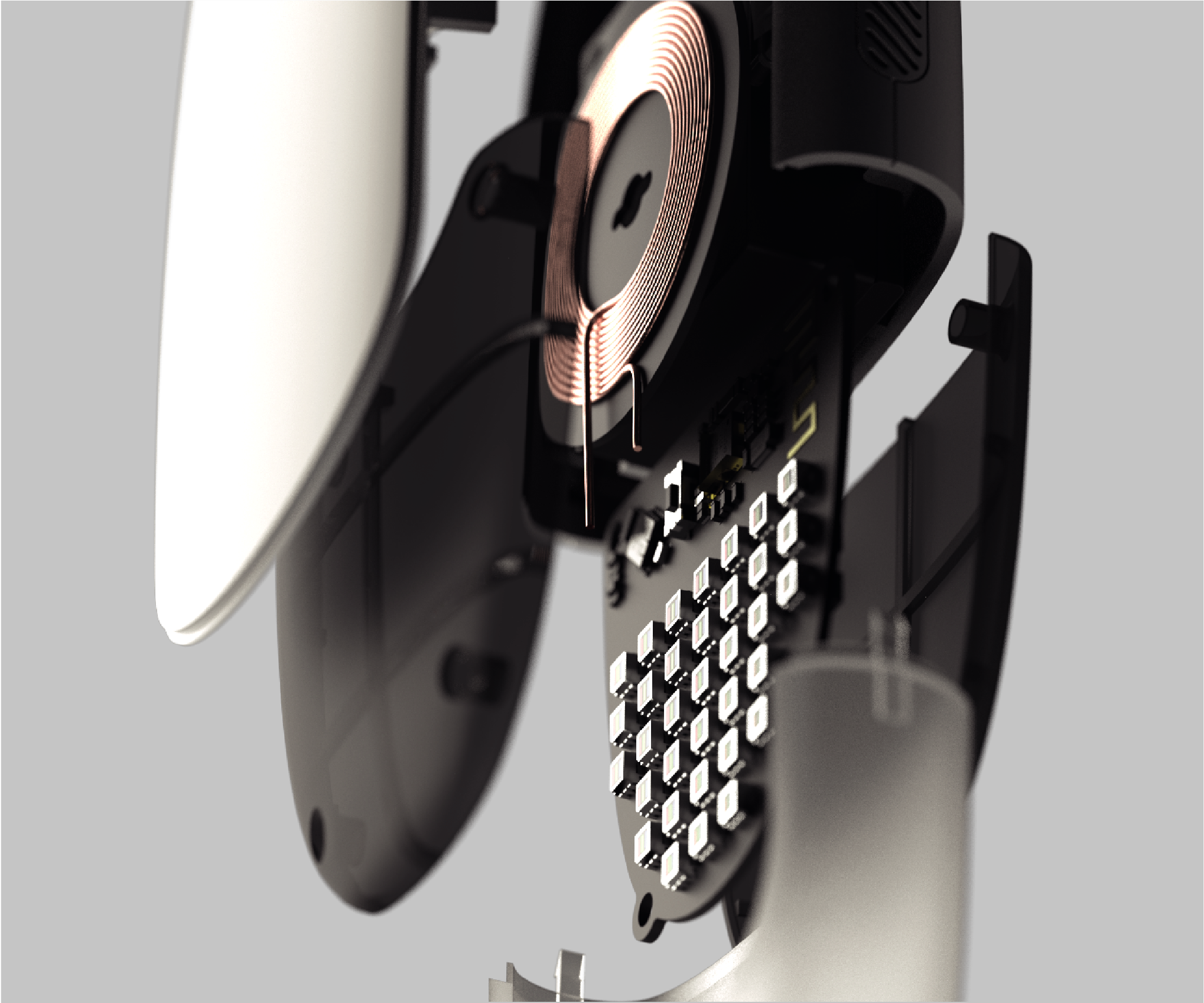“To tackle and raise awareness of air pollution in the highly populated London Underground, preventing overexposure to dangerous pollutants, increasing the quality of life for Passengers.”
The clean journey revolution
A project in collaboration with Jamie Ross Evans and Christian Abbott for the RSA Student Design Awards Brief “The Right to Breathe”
“When I was travelling frequently, I chose the overground instead of the underground on many occasions. This was partly to avoid the poor air quality of the underground."
Male asthma sufferer, 27 years old
489,200
Approximate asthma sufferers in the city who notice the effects of pollution on their health [2]
of the metallic particle pollution is composed of iron oxides, which has been linked to being a cause of Alzheimer's [3]
47%
above the guidelines set by WHO in some parts of the network [5]
10X
9000
premature deaths each year are caused by long term exposure to air pollution in London [4]
How do you find the air on the London Underground?
Online survey with 42 Underground users
The Opportunity
Crowdfunded Campaign
We aim to empower users of the London Underground by enabling them to contribute to a service, collecting pollution data throughout the network. This would take the form of a physical monitoring device carried by users during their daily commutes. The hau advertising campaign will increase passenger awareness of the service. This will initially be crowdfunded.
Widespread Awareness
By 2024, we aim for the hau brand to be widely recognised by commuters on the London Underground. The substantial gathering of data will lead to the widespread awareness of the dangers of travelling on the London Underground. The financial pressures upon TfL will have become too great for them not to address the problem.
Pollution Control
Our long-term objective is for passengers to travel around the underground with the knowledge that the air they are breathing is safe. We intend for the hau Flow, which uses ESP technology, to be installed in all Underground stations, with the rollout targeting the most commonly used and most polluted stations. Works to begin in 2025.
The pollution monitor is unique. Its goal is to inform both the user and fellow commuters about potential health risks. A diffused LED array within the device glows and pulsates, changing from blue to red tones as the level of pollution increases.
At the end of the day, hau Pulse is returned to it's dock. The fabric panel then morphs, transforming it's shape, creating a unique and impactful visualisation of the user's pollution exposure.
The included magnetic loop allows the user to easily and securely attach the monitor to their bag or clothing. It is inclusive, both in its versatile attachment possibilities and in its aesthetic.
Unlike existing personal monitors, hau Pulse monitors both PM2.5 concentration and the prevalence of metallic particles, such as iron oxide, within the surrounding air. This is done using dual sensor inlet valves, enabling a particulate size differential to be measured.
Hau Flow filters the ambient air at a rate of 1m/s, which when directed at the platform, creates a displacement airflow separation between the track and platform, protecting the users from tunnel and track contaminates. As well as removing metallic substances and other PM2.5 particles, ESP filters have also been proven to be effective in removing Coronavirus and other airborne diseases.
Airflow Separation
Electrostatic Precipitators (ESPs) are unique in their ability to remove metallic nanoparticles from the air that a regular PM2.5 filter cannot. hau Flow uses ESP technology by negatively charging all particles when entering the filter (1), which then flow through a positively charged collector plate (2), extracting them from the air and collecting them in the lower clear vessel (3).
ESP Technology
Once the London Underground is fully populated with filters, the system could be implemented on other polluted underground rail networks around the world, such as the New York Subway and the Paris Metro.



























